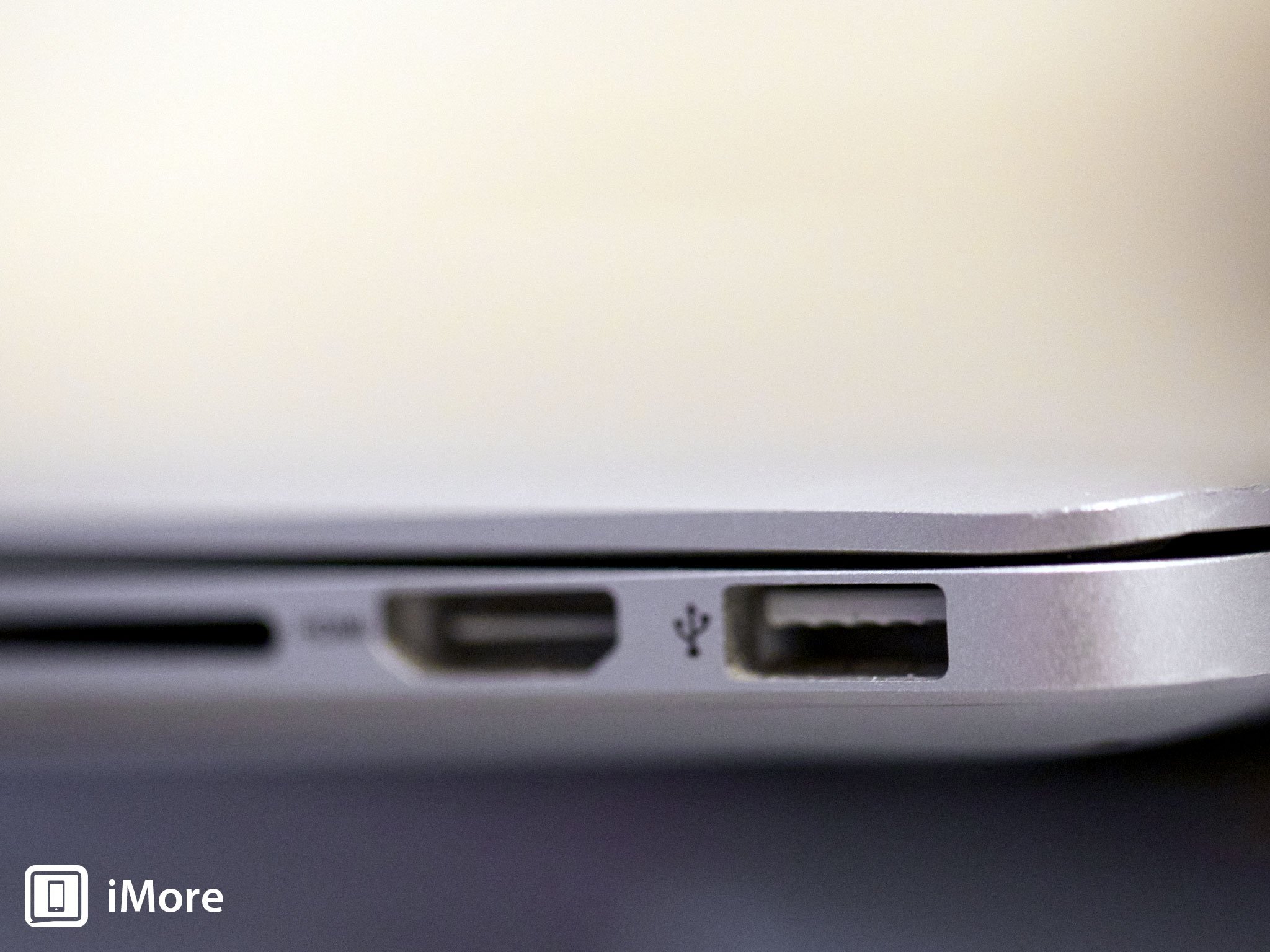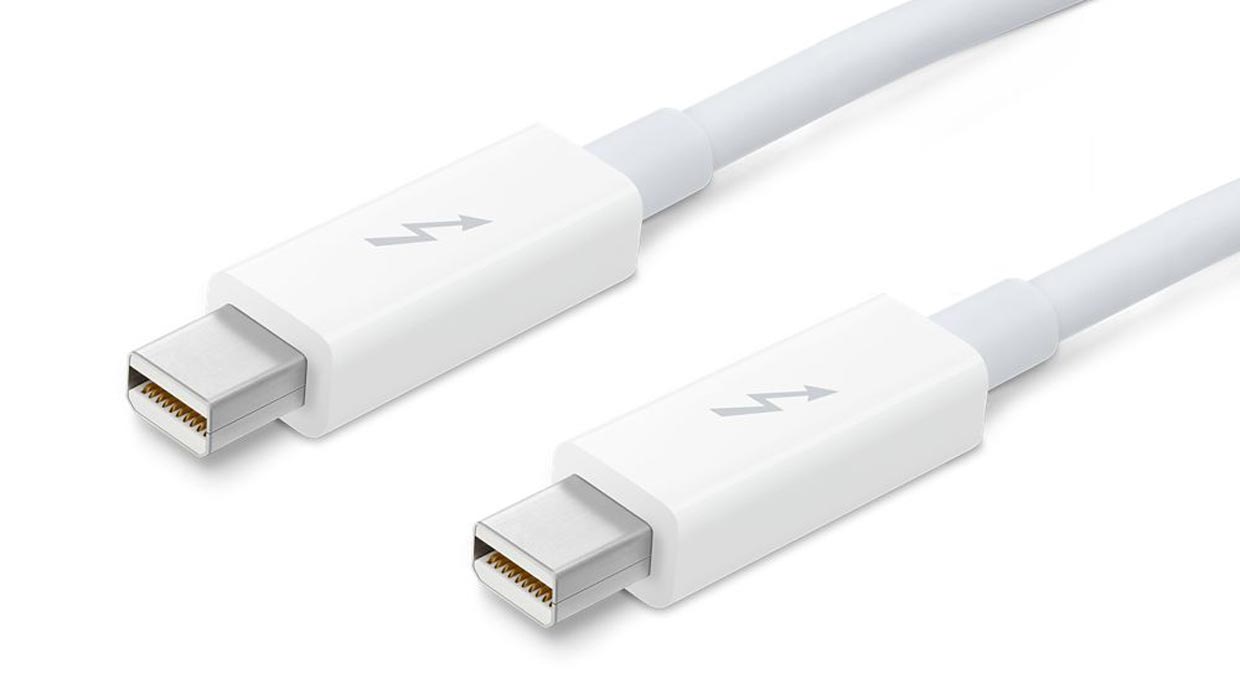USB 3.1 vs Thunderbolt - the battle is on!

The USB 3.0 Promoter Group on Wednesday announced that it has completed the USB 3.1 specification. Most notably, USB 3.1 supports data transfer speeds of up to 10 gigabits per second (Gbps), the same raw transfer speed as the Thunderbolt interface found on all currently shipping Macs. The group is sponsoring developer conferences in the U.S., Asia and Europe to spread information about USB 3.1, according to a press release.
USB 3.1 will supplant "SuperSpeed" USB 3.0, which is limited to 5 Gbps. The USB 3.0 Promoter Group says that more efficient data encoding is used in 3.1, enabling the higher speed. As before, USB 3.1 will be backwards-compatible with older USB devices.
USB 3.1 will see widespread adoption as a common computer interface, just as other implementations of USB have. And the "USB 3.1 matches Thunderbolt speeds" trope is in full swing at this hour on tech blogs around the globe. But it'd be an enormous mistake to discount Thunderbolt, notwithstanding Thunderbolt 2's imminent arrival.

Think of USB 3.1 and Thunderbolt like roadways. Both have the same speed limit: in this case, 10 gigabits per second. But USB has only two lanes on which traffic can travel, one lane of traffic in either direction. Thunderbolt has four: two up, two down - each of those with 10 Gbps of effective bandwidth. What's more, Thunderbolt has considerably better traffic management than USB does. The net result is that Thunderbolt is still going to win out in real-world usage.
There can be only one...or not
I have absolutely no doubt that USB 3.1 will ascend as the heir apparent. USB 3.0 is already ubiquitous; Thunderbolt, meanwhile, has had a very slow adoption rate outside of the Macintosh platform. I don't expect to wake up tomorrow and find every shipping PC with Thunderbolt ports. It ain't gonna happen.
Ultimately Thunderbolt and USB 3.1 are really different interfaces aimed at different market needs. Thunderbolt provides a small, high-speed interface that can easily replace other interfaces and works fast enough to push video without any problem (and once Thunderbolt 2 arrives, we'll be able to do 4K video).
USB 3.1 provides further improvements to a ubiquitous peripheral interface that supports a huge number of legacy peripherals - an interface that's actually mandated as necessary for some peripherals like cell phones, by various governments and regulatory bodies around the world.
iMore offers spot-on advice and guidance from our team of experts, with decades of Apple device experience to lean on. Learn more with iMore!
USB 3.1 isn't going away.
It'll take a while to bake
Then there's the issue of availability.
Now that final details on the spec are available, vendors can get to work. But don't expect USB 3.1 hardware to appear right away. The USB 3.0 Promoter Group doesn't expect to see USB 3.1 devices appear even with limited availability until late in 2014. Between now and then, CPU makers like Intel and AMD will need to incorporate support for the faster spec into their chip designs. Then those designs will need to go into production. So it'll be a while before we see the market flooded with USB 3.1-compliant devices.
In the meantime, Apple is working on a radically redesigned Mac Pro, which it expects to ship later this year. Among the many innovations is Thunderbolt 2, an updated version of the high speed peripheral interface found on Macs that delivers twice the bandwidth - up to 20 Gbps. By the end of 2014, expect to see Thunderbolt 2 widely available on the Mac platform.
Is USB 3.1 a big deal for you? Did you notice a big difference when you used USB 3.0 for the first time, compared to 2.0? Or are you loyal to Thunderbolt? Share your thoughts below.

